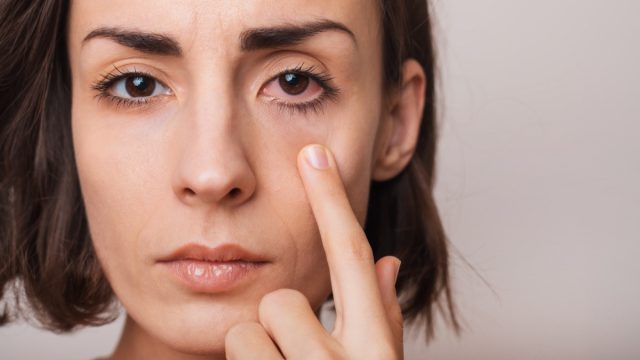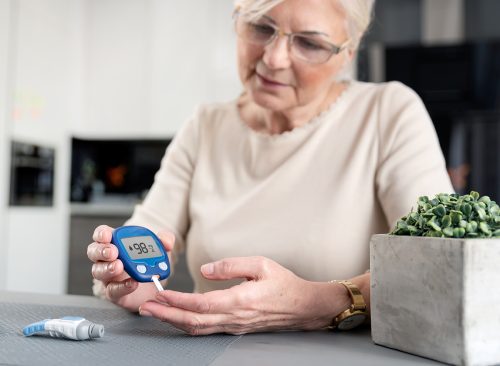7 Early Signs of Insulin Resistance You Shouldn't Ignore
Ignoring the problem can be dangerous.

Insulin resistance is a serious condition in which the body becomes less able to process insulin, the hormone that converts blood sugar into energy. This is dangerous because chronically elevated blood sugar (the primary symptom of diabetes) can damage blood vessels throughout the body, increasing the risk of cardiovascular disease, stroke, blindness, and amputation. And because blood sugar processing is so fundamental to the body, a slowdown in that process can leave you feeling pretty lousy. The New York Times recently pointed out some of the early signs of insulin resistance you shouldn't ignore.

If your body isn't absorbing blood sugar (glucose) as efficiently as it used to, food may not provide your body with enough energy. You may feel tired, and your brain may keep producing hunger signals. It could encourage you to seek out more carbs and sweets.

"When your body starts to run out of places to store excess glucose in the liver and muscles, it starts converting the extra sugar into fat," the Times says. "This can compound the problem: More body fat can make insulin resistance even worse." Men with a waist circumference of more than 40 inches and nonpregnant women whose waist circumference is more than 35 inches have a higher risk of insulin resistance.

If your period becomes irregular, or if you have symptoms such as increased acne or facial hair, you may have polycystic ovary syndrome, a condition closely associated with insulin resistance. Your doctor may evaluate you for that condition and hormonel imbalances.

Elevated blood sugar levels may force your kidneys to start working harder. You may experience increased thirst and more frequent urination.

Some people with more advanced insulin resistance also develop skin tags or a condition called acanthosis nigricans. This can look like dark patches in body folds like on the back or side of your neck, in your armpits, or in your groin.

There is some evidence that sleep apnea, the changes in circadian rhythms caused by night shift work, and not getting enough sleep can increase your insulin levels and hunger hormones.
RELATED: Daily Habits That Increase Dementia Risk, New Study Reveals

A consistently high blood sugar level can lead to diabetes. A fasting blood glucose level between 100 to 125 mg/dL is considered pre-diabetes. If glucose levels remain untreated and become higher than 125 mg/dL, you would be diagnosed with Type 2 diabetes.














